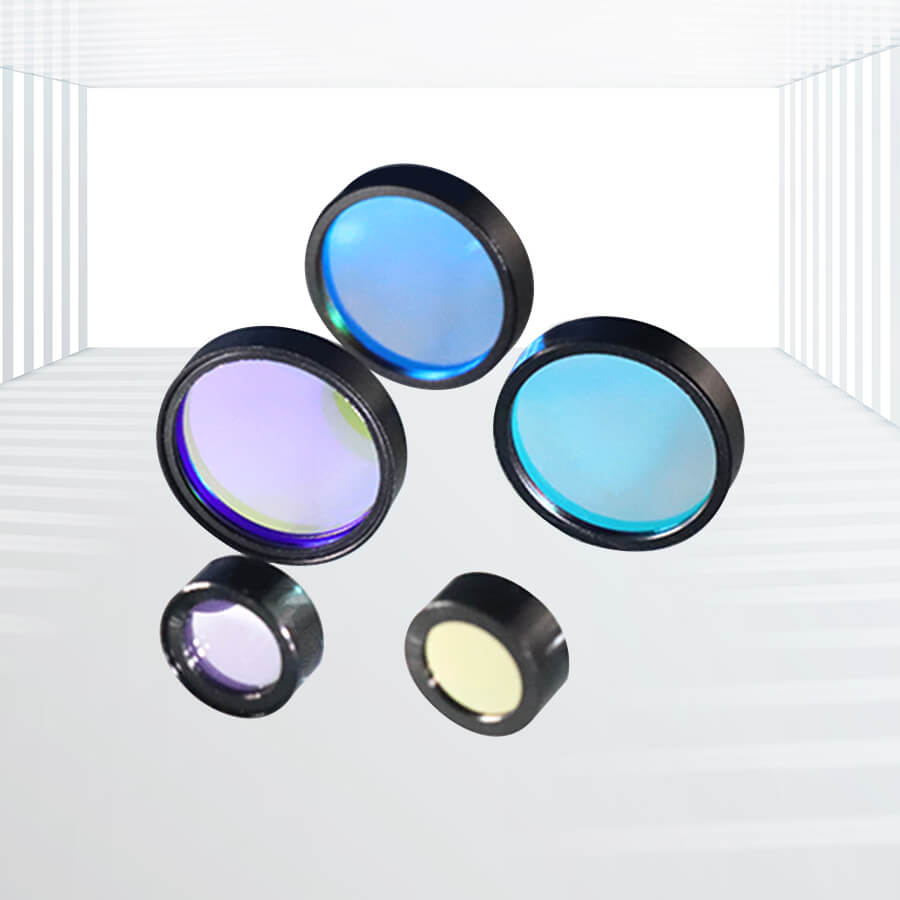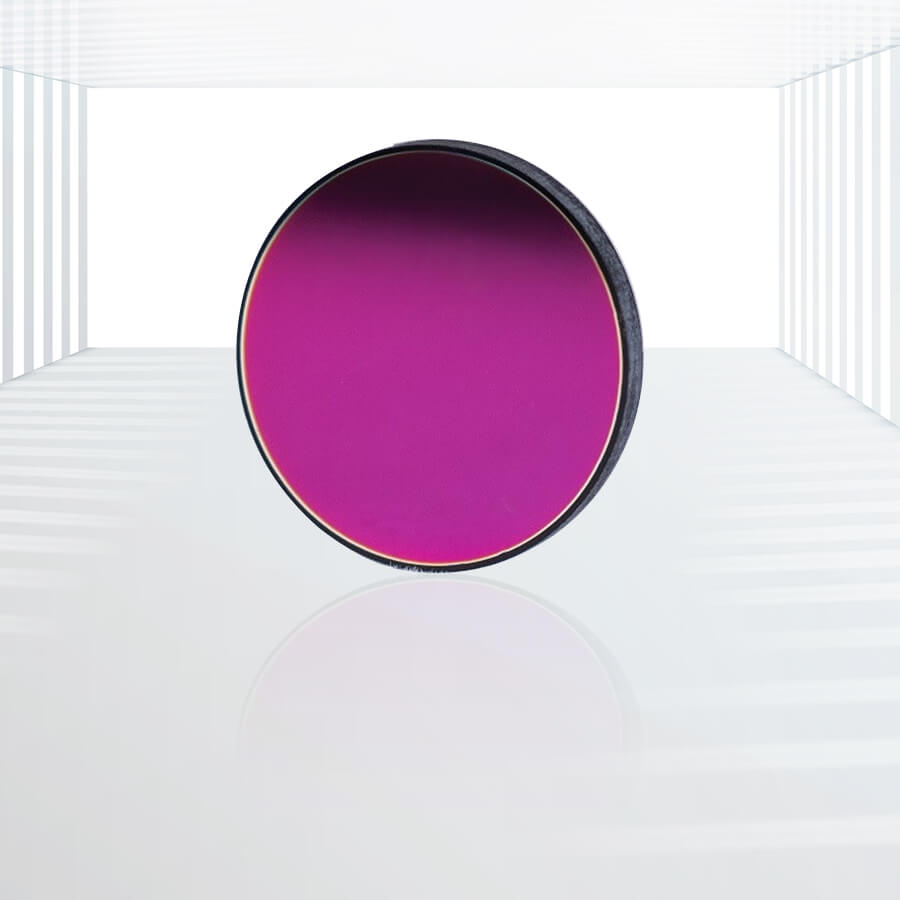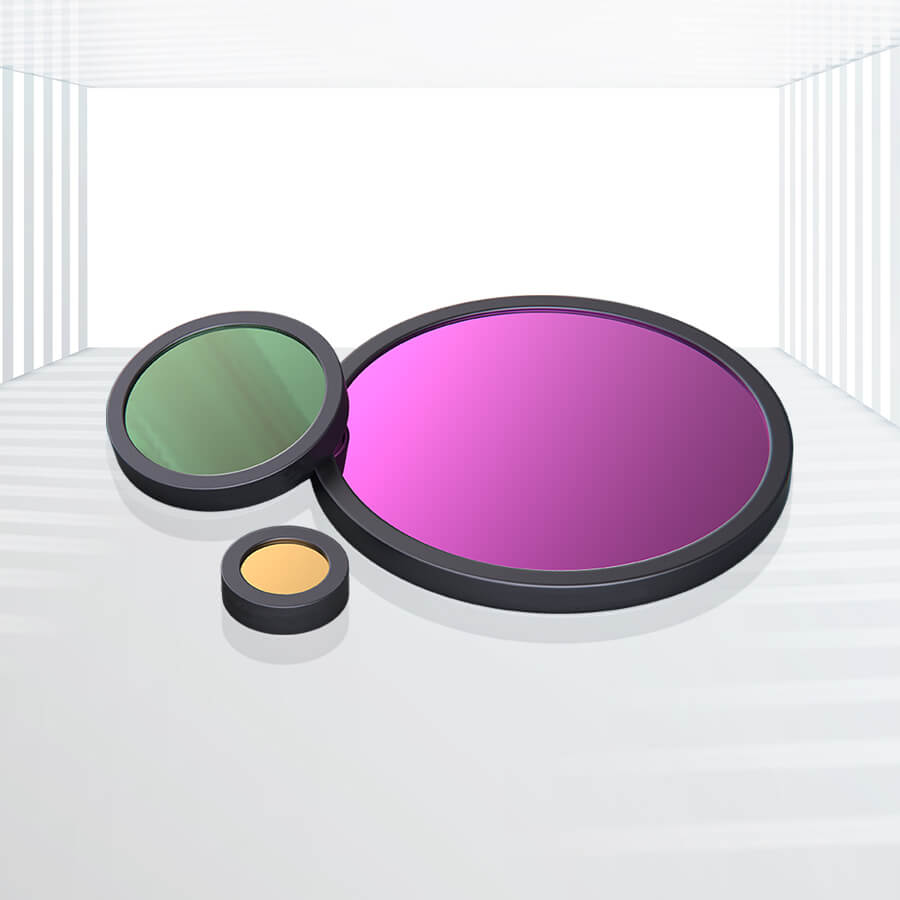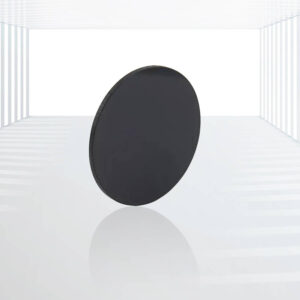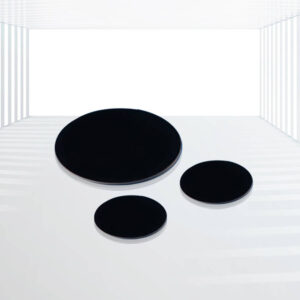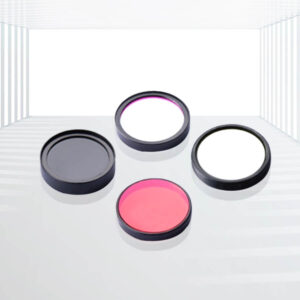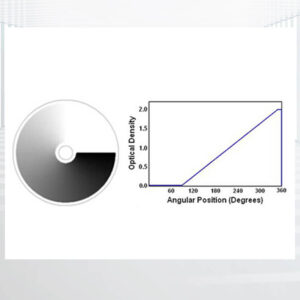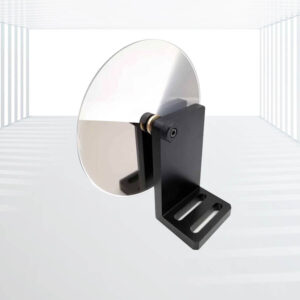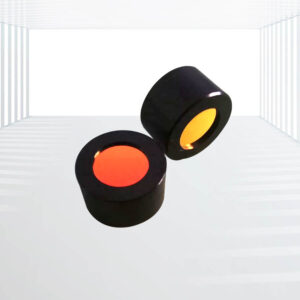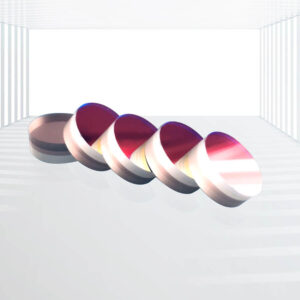Fluorescence Filters
Critical Component: Essential for biomedical and life science instruments.
Spectral Separation: Effectively separates and selects characteristic spectral bands of excitation and emitted fluorescence.
Versatile Applications: Widely used in Point-of-Care Testing (POCT), Polymerase Chain Reaction (PCR), fluorescence enzyme labeling instruments, and fluorescence microscopes.
Modular Design: Consists of two to three parts: excitation filters, emission filters (barrier filters), and optionally dichroic filters based on optical path requirements.
Applications: Point-of-Care Testing (POCT), Polymerase Chain Reaction (PCR), Fluorescence Enzyme Labeling Instruments, Fluorescence Microscopes, etc.
Fluorescence filters consist of two to three key components: excitation filters, emission filters (also known as barrier filters), and dichroic filters, which may be employed depending on the specific optical path requirements. During operation, the excitation filter is placed within the illumination path of a fluorescence microscope and transmits a narrow band of light centered around the peak fluorophore excitation wavelength toward the specimen. This ensures that only the specific wavelengths that excite the dye are used for fluorescence analysis.Ideal dichroic filters and beamsplitters exhibit sharp transitions between maximum reflection and maximum transmission. They provide a reflection of >95% for the bandwidth of the excitation filter and a transmission of >90% for the bandwidth of the emission filter, ensuring high-quality fluorescence analysis and imaging performance.
Specifications:
| Substrate Materials | Custom |
| Transmission Central Wavelength Range | Can be tailored upon request |
| Diameters | 6-25.4mm |
| Mount | Mounted |
| Coating | Hard coating |
Advantages:
- Critical Component: Essential for biomedical and life science instruments.
- Spectral Separation: Effectively separates and selects characteristic spectral bands of excitation and emitted fluorescence.
- Versatile Applications: Widely used in Point-of-Care Testing (POCT), Polymerase Chain Reaction (PCR), fluorescence enzyme labeling instruments, and fluorescence microscopes.
- Modular Design: Consists of two to three parts: excitation filters, emission filters (barrier filters), and optionally dichroic filters based on optical path requirements.
Applications:
- Point-of-Care Testing (POCT): Enables rapid and accurate fluorescence analysis at the point of care.
- Polymerase Chain Reaction (PCR): Facilitates fluorescence detection in PCR instruments for genetic analysis.
- Fluorescence Enzyme Labeling Instruments: Enhances sensitivity and specificity in enzyme labeling applications.
- Fluorescence Microscopes: Essential for separating excitation and emission light in fluorescence microscopy.
Kingwin Optics Fluorescence Filters are vital components utilized in biomedical and life science instruments. Their primary function is to separate and select the characteristic spectral bands of excitation and emitted fluorescence of the tested substance in fluorescence analysis instruments. These filters find extensive applications in various fields, including Point-of-Care Testing (POCT), Polymerase Chain Reaction (PCR), fluorescence enzyme labeling instruments, and fluorescence microscopes.

